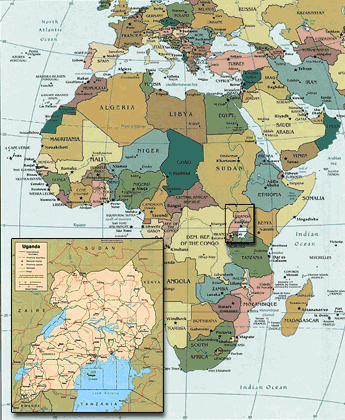Even though the prevalence of HIV/AIDS in Uganda is much lower than it once was, it still remains very high. AIDS is still claiming tens of thousands of lives each year in Uganda. Such a severe epidemic has a considerable social and economic impact on the country. With AIDS killing so many young adults, the country’s labor force is being depleted and educational and health services are weakened. The high death rate among young adults leaves behind thousands of orphaned children and grandparents with no support system. This places a tremendous burden on the community and the country.
Sources:
Uganda’s AIDS Crisis, World Bank Discussion Paper no.298
